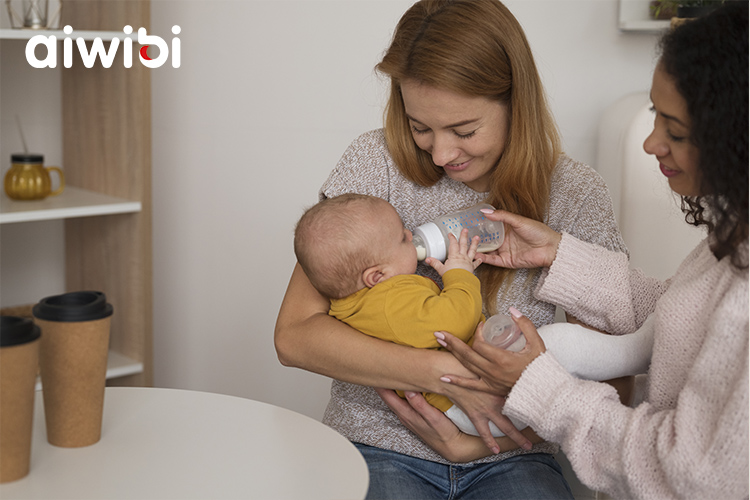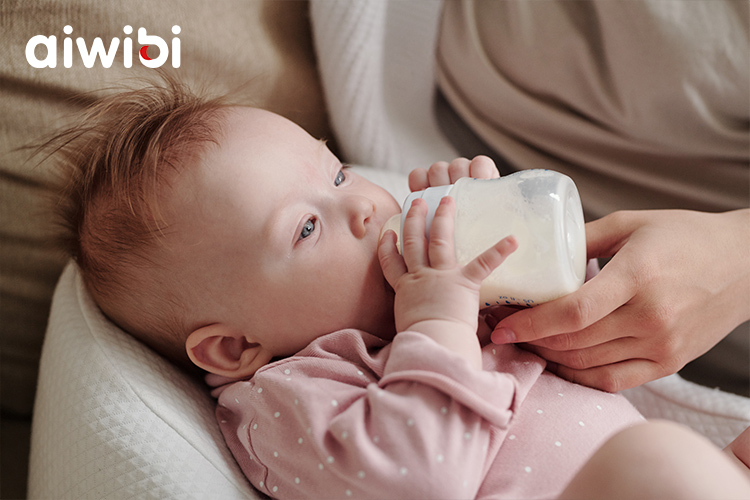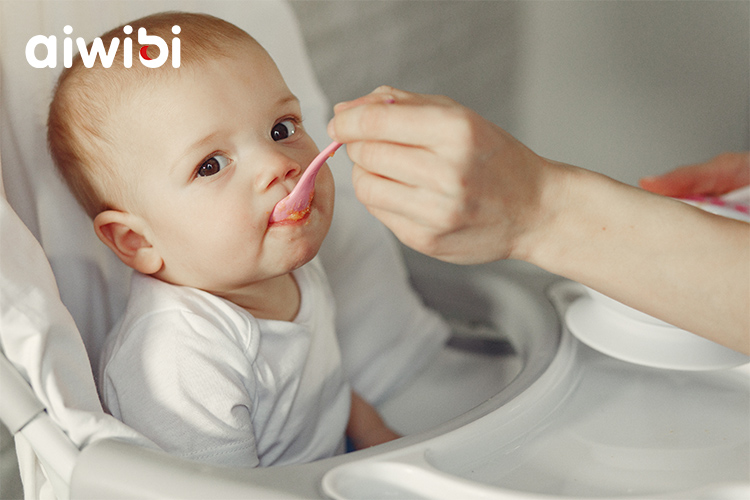How you position your baby during bottle-feeding significantly impacts their comfort and well-being. Many depicted methods in media may not be ideal for your infant. For instance, avoid laying the baby flat across your lap. It's challenging even for adults to drink while lying flat, let alone babies. Such a position can lead to reflux or ear infections. Here are better bottle-feeding stances:
• Cradle Hold: This traditional method involves having the baby's head resting in the bend of your arm. You should hold the infant's head and upper body at a slight angle, preferably close to your chest.

• Upright Position: Hold the baby almost seated, with their head resting on your chest or in your arm's crook. This position particularly benefits infants prone to reflux. Ensure the milk fully fills the nipple to prevent air intake, which can cause gassiness or reflux.

• Pillow Support: Utilize a nursing pillow to elevate the baby’s chest and head. This not only maintains an optimal angle but also provides some relief to your arms as the baby nestles in your lap.

• Alternate Sides: Whether you're breastfeeding or bottle-feeding, switching sides can prevent a side preference. Switching sides can also naturally pace a feeding session and can give baby a chance to decide whether or not he’s full before the bottle is finished.

As your baby matures, they might attempt to hold the bottle. It's an individual preference, but not a developmental milestone. Baby might try at 6 months. If so, let her, but stay close, supporting and monitoring her. And if baby doesn’t show any interest in holding her bottle? As long as she’s reached other developmental milestones, like reaching or grasping for toys, it’s totally normal if your older infant wants his bottle served to him.
